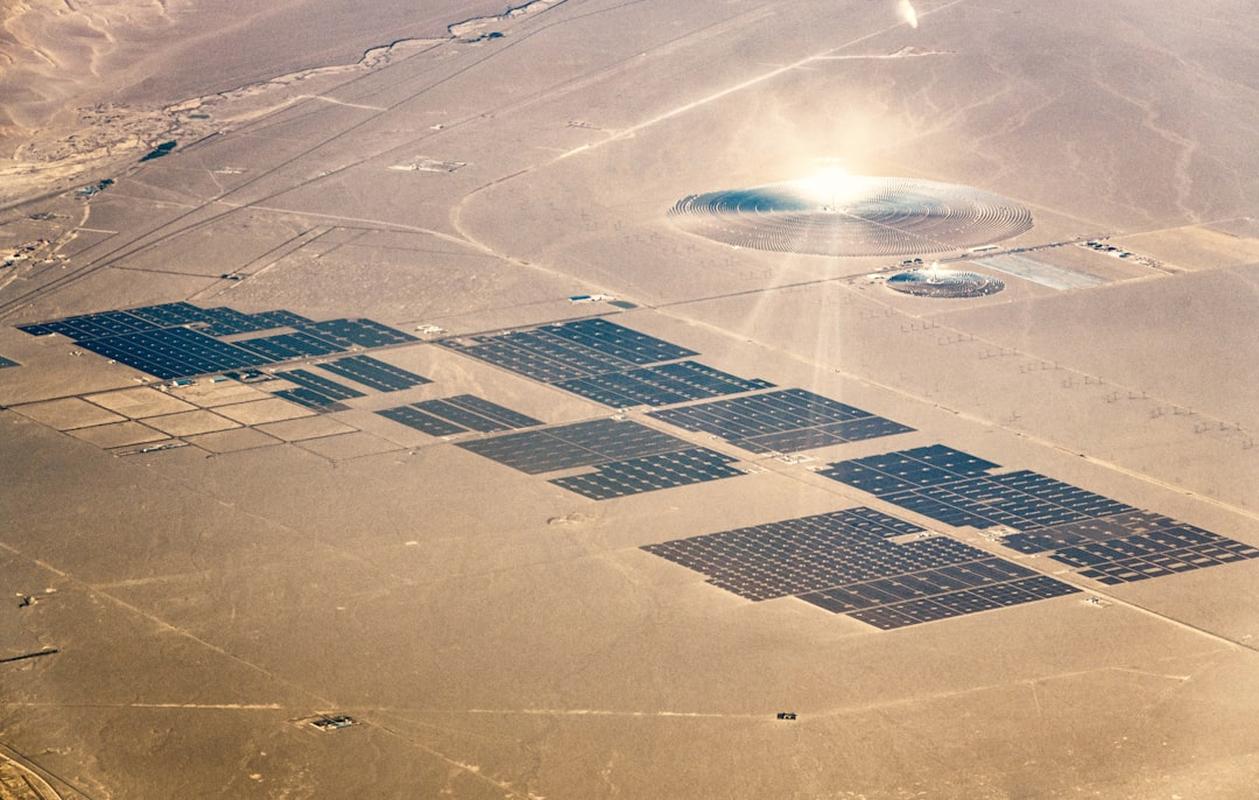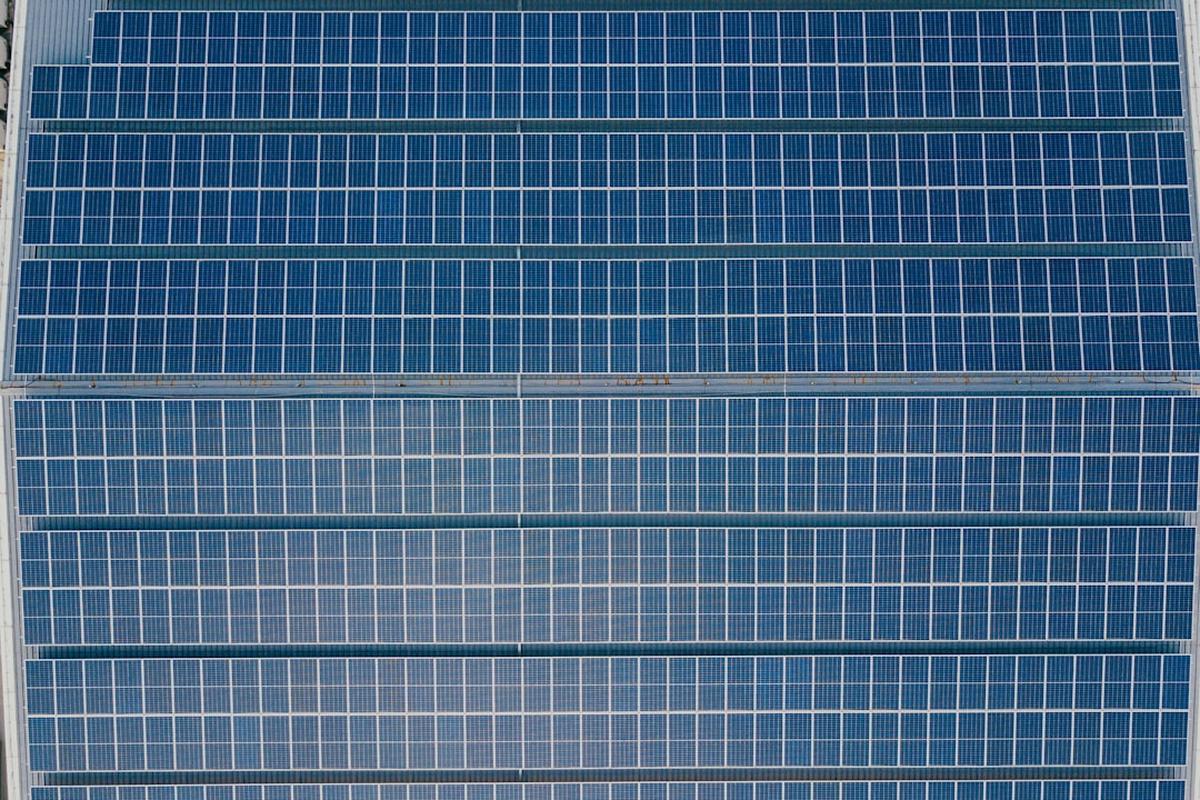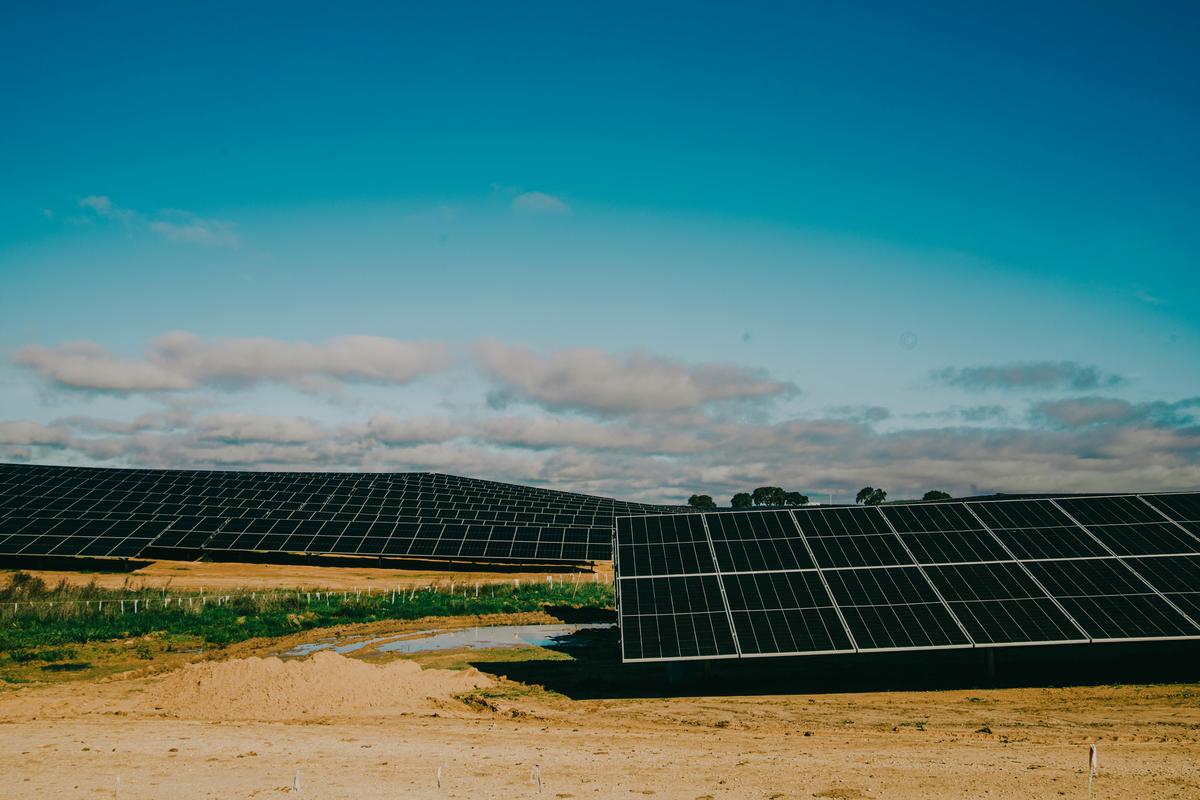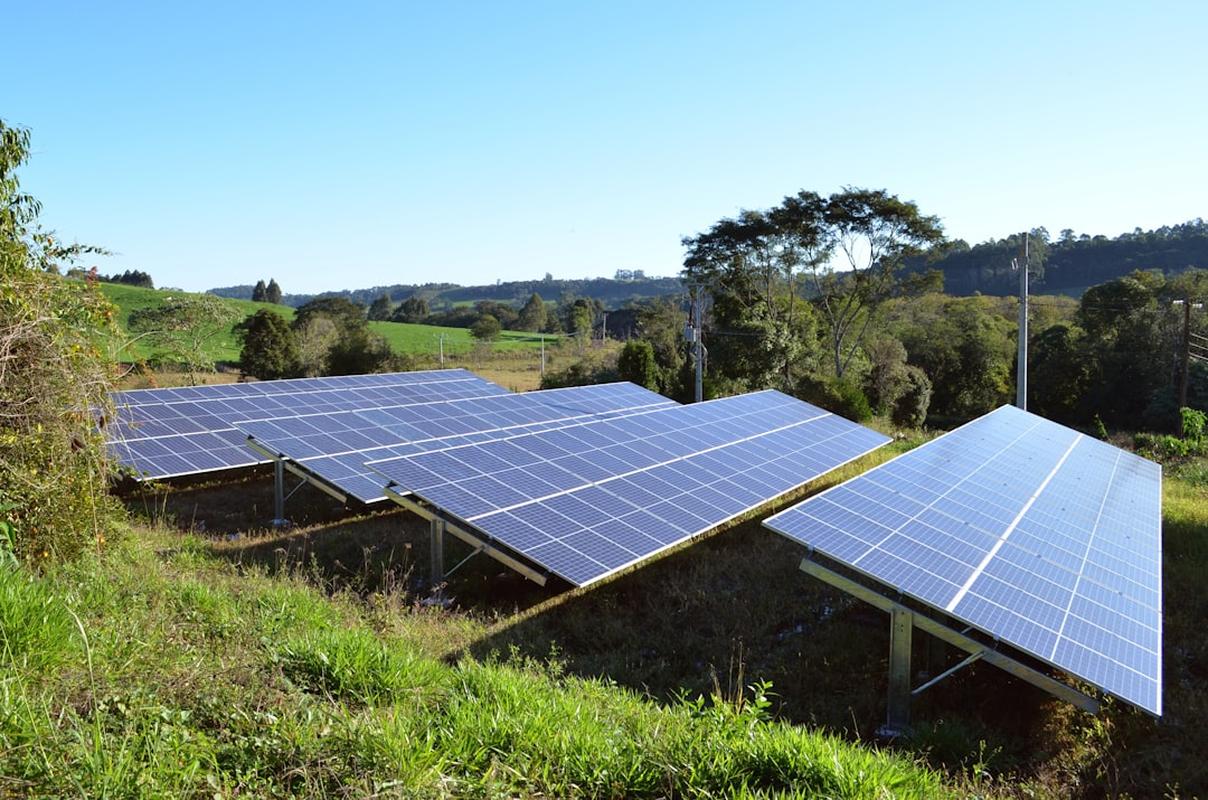Introduction to Solar Power: How Does It Work?
The sun’s endless energy has always fascinated people, and for good reason. This huge, untapped resource is the key to powering our world in a clean, sustainable way. Solar energy, which is the process of turning sunlight into usable electricity, is quickly becoming a game-changer in the global energy scene.
At the core of this revolution are photovoltaic (PV) systems, which capture the sun’s rays and turn them into electrical current. These clever devices are made up of solar panels, each with cells made of semiconductor materials. When sunlight hits these cells, the photons in the light excite the electrons inside, creating a flow of direct current (DC) electricity.
This DC electricity is then smoothly converted into alternating current (AC) using an inverter, making it easy to connect to the existing electrical grid. Rooftop PV systems, set up on homes and businesses, are just one example of this technology, while utility-scale, ground-mounted systems provide solar power on a larger, grid-connected scale.
The great thing about solar energy is how easy it is to access and expand. With 18 sunny days on Earth containing the same energy as all the world’s fossil fuels combined, the potential is truly amazing. As engineering advancements continue to lower costs and improve efficiency, solar power is set to become a more viable and appealing option for individuals, communities, and nations.
By tapping into the sun’s abundant and renewable energy, we can power our homes, businesses, and communities in a way that is not only environmentally friendly but also economically smart. The future of energy looks bright, and solar power is leading the way towards a more sustainable, resilient, and empowered world. 1 2
 Photo by Zhao Chen on Unsplash
Photo by Zhao Chen on Unsplash
The Science Behind Solar Power: How Does It Work?
The sun’s power is truly amazing, and using solar technology to capture it has the potential to completely change how we make electricity. At the core of this change are solar cells, the basic units of solar panels that turn sunlight into usable energy.
The science behind solar power is really smart and cool. Solar cells are made of two types of semiconductors, p-type and n-type silicon, which are carefully designed to create an electric field. When sunlight hits the solar cell, it kicks out electrons from the silicon, and the electric field in the cell pushes these electrons to the n-type layer, while the holes they leave behind move to the p-type layer. This movement of electrons, or electric current, is what produces the electricity that can power our homes and businesses.
Solar panels might only be 15-20% efficient, but the cost of this technology has dropped by 99% since the 1970s, making it a more and more practical and sustainable energy option.
The beauty of solar power lies in its simplicity and its potential for widespread use. As the cost of solar panels keeps going down, more and more homeowners and businesses are turning to this renewable energy source, reducing their carbon footprint and helping create a cleaner, greener future. With the ongoing improvements in solar technology, the future of energy production looks brighter than ever. 3 4
 Photo by Chuttersnap on Unsplash
Photo by Chuttersnap on Unsplash
Components of a Solar Power System: How Does It Work?
Harnessing the power of the sun has never been easier, thanks to the advancements in solar power technology. At the core of a solar power system are the solar panels, which soak up the sun’s rays and turn them into usable electrical energy. These panels come in two main types - monocrystalline and polycrystalline - with the former being a bit more efficient but also pricier.
Once the solar panels have produced the electricity, a charge controller steps in to regulate the voltage and current, making sure the batteries don’t get overcharged. Charge controllers come in different types, with the more advanced MPPT (Maximum Power Point Tracking) models offering up to 30% more power efficiency compared to simpler ones.
Talking about batteries, these essential components store the energy generated during the day, allowing the system to power homes and businesses even when the sun isn’t shining. Depending on the specific needs of the setup, batteries can be connected in series, parallel, or a mix of both to provide the necessary storage capacity.
The final piece of the puzzle is the inverter, which changes the direct current (DC) electricity produced by the solar panels into the alternating current (AC) that our homes and appliances need. Inverters come in a range of setups, from centralized units to more distributed string and micro-inverter configurations, each with its own advantages.
By understanding the key components of a solar power system, homeowners and businesses can make informed decisions about their renewable energy investments, using the power of the sun to power their lives and reduce their carbon footprint. 5 6
Benefits and Challenges of Solar Power: How Does It Work?
At the heart of this revolution are solar panels, which use sunlight to generate electricity. These high-tech wonders, often made from crystalline silicon, have seen their costs drop in recent years, making solar power the cheapest source of electricity in many countries. Thin-film solar cells and perovskite solar cells are also gaining popularity, offering new options for capturing solar energy.
But solar power isn’t just about individual panels. Large-scale solar power plants can have hundreds of thousands or even millions of solar panels, producing electricity on a massive scale. Concentrated solar power (CSP) systems take a different approach, using mirrors or lenses to concentrate the sun’s heat and drive turbines to generate electricity indirectly.
The potential of solar energy is incredible. Just 18 days of sunshine on Earth contain the same amount of energy as is stored in all of the planet’s reserves of coal, oil, and natural gas. And with policies like net metering, community solar, and tax incentives, the adoption of solar power is picking up speed, changing the energy landscape.
Of course, integrating variable solar power into the grid presents its own challenges, but emerging energy storage technologies like batteries and thermal storage are helping to tackle this. Solar power’s journey is one of remarkable progress, and as costs continue to drop and innovation keeps moving forward, the future looks bright for this renewable energy powerhouse. 7 8
 Photo by Joao Guerreiro on Pexels
Photo by Joao Guerreiro on Pexels
References
-
“Solar Energy Basics Text” - www.nrel.gov ↩
-
“How A Solar Cell Works” - www.acs.org ↩
-
“Components Solar Panel System Installation” - www.electricaltechnology.org ↩
-
“Solar Power” - en.wikipedia.org ↩
-
“How Solar Energy Works” - www.ucsusa.org ↩
